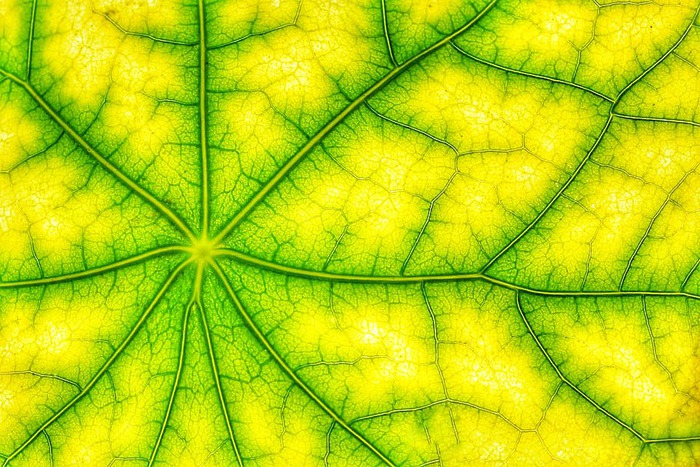Producing clean energy by simply starting from water and sunlight, just like plants do: they draw inspiration from the processes of natural photosynthesis, the new methods being studied for the production of green hydrogen.
A combination of chemistry and nanotechnology from which new solutions for a more sustainable future will emerge, as emerges from the conference 'Chemistry and ecological transition' organized by the Accademia dei Lincei in collaboration with the Académie des Sciences and the French Embassy in Italy.
"The innovations for the energy transition will come from chemistry, I am ready to bet on it", says Maurizio Prato, professor of organic chemistry at the University of Trieste and academic of the Lincei, protagonist of the conference together with Jean-Marie Tarascon of the Académie des Sciences. "Take for example the production of hydrogen: today - explains Prato - it is mainly obtained from fossil sources, especially methane, through thermochemical processes with a high environmental impact that consume a lot of energy and generate carbon dioxide".
Thanks to research in chemistry and nanoscience, however, "we are moving towards a greener approach inspired by photosynthesis, which will allow us to use sunlight to split the water molecule and obtain hydrogen, whose combustion will still produce water thus feeding a virtuous circle ".
The smallest photosynthetic unit has already been developed in the laboratory, the 'quantosome', responsible for converting the 'packets' of light energy ('quanta') into chemical energy: it is formed by a protein complex that captures solar energy like an antenna and a metal catalyst that generates oxygen from water producing electrons and protons that can be combined to form hydrogen.
"The system we have developed - observes Prato - still has a low transformation yield, equal to 1%, and requires further engineering so that it can be optimized and used on a larger scale".
However, the road is marked "and it is very promising".








